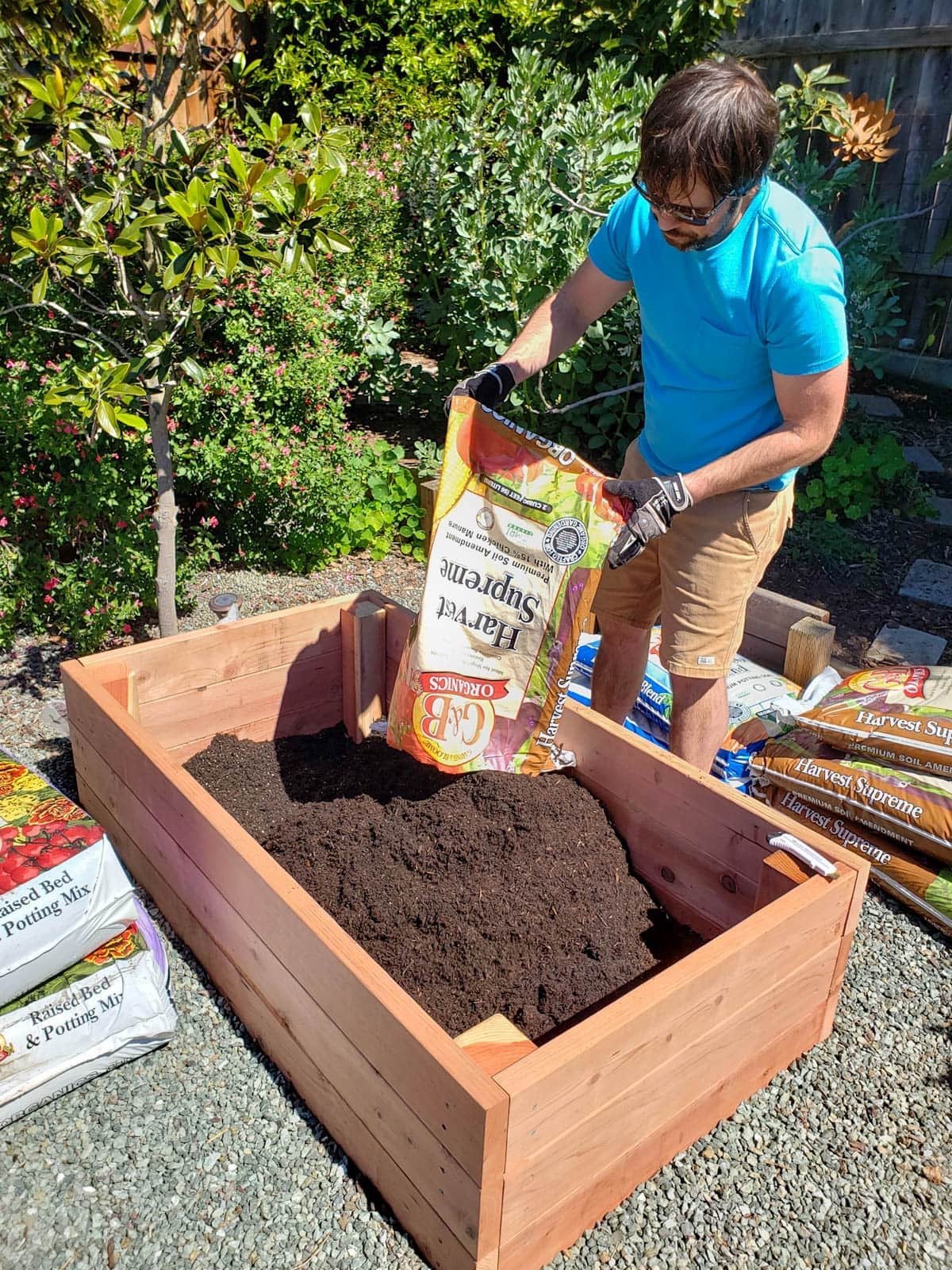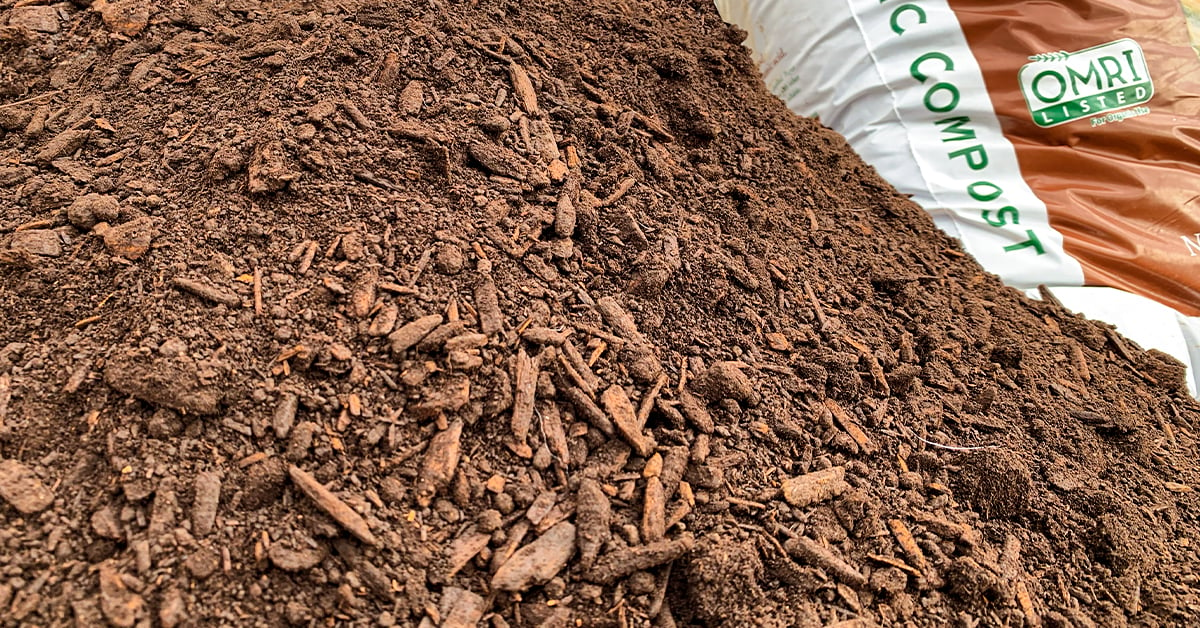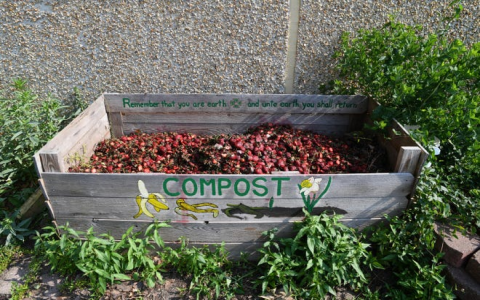Alright, so let’s talk about this whole organic compost soil business. For ages, I was just buying those bags of potting mix from the big stores. You know the ones. Sometimes they’re good, sometimes they’re just… meh. My plants weren’t exactly singing and dancing, if you catch my drift. I figured, there’s gotta be a better way, right? I wanted that rich, dark stuff you see in fancy gardening shows. The real deal.
Getting My Hands Dirty (Literally)
So, I decided to make my own. My first step was figuring out what the heck compost even is. Sounds silly, but I just knew it was good for plants. Turns out, it’s basically just a mix of decayed stuff, like old veggies, leaves, that kind of thing. The idea is to let nature do its thing and break it all down into something awesome for the garden.

I didn’t go out and buy a fancy bin at first. Nope. I remembered an old plastic trash can we had in the shed, drilled a few holes in the sides and bottom for air – folks said that was important. Then, I started collecting. It felt a bit like being a squirrel, hoarding bits and pieces.
- Kitchen scraps were the easiest. Vegetable peelings, fruit cores, coffee grounds, even old teabags. My wife thought I was a bit nuts, saving banana peels like they were treasure.
- Then I needed the “brown” stuff. Dry leaves from the yard were perfect. I also tore up some old cardboard egg cartons and bits of newspaper. Just plain paper, mind you, nothing glossy.
I just started layering it in the can. A layer of green stuff (the kitchen scraps and grass clippings from when I mowed), then a layer of brown stuff. I’d read somewhere you need a mix. Not too wet, not too dry. I’d give it a little stir with an old broom handle every now and then, when I remembered. Sometimes I’d add a bit of water if it looked too dry. It wasn’t very scientific, to be honest. More like making a weird lasagna.
The Waiting Game and What I Learned
And then, I waited. This part takes patience, let me tell you. It’s not an overnight miracle. For a while, it just looked like a pile of garbage. I won’t lie, a couple of times I thought, “What am I even doing?” My first batch, I think I put too much grass in at once, and it got a bit slimy for a week or so. Whoops. Lesson learned: mix it up good, don’t just dump a whole mower bag in there.
But slowly, over a few months, I started to see a change. The pile shrank. The bits of peel and leaves started to disappear. And it began to smell… earthy. Not like garbage anymore, but like a forest floor. That’s when I knew I was onto something.
When I finally dug into the bottom of that can, man, it was like striking gold. Dark, crumbly, and just looked… rich. It wasn’t just soil; it felt alive. I didn’t get a huge amount the first time, but it was enough to get me excited.
Using the Good Stuff
So, what did I do with my homemade treasure? I didn’t just plant directly into pure compost. I’d heard that could be too strong for some plants. I mixed it into my existing garden soil. Maybe like one part compost to three or four parts soil. For my potted plants, I did a similar mix, probably no more than a quarter compost in the pot.
The difference was noticeable. My tomatoes that year? Incredible. My herbs seemed happier. The soil just held moisture better, and it wasn’t as compacted as before. It felt good, knowing I’d made that stuff myself, from things I would have just thrown away.

Now, I’ve got a couple of those proper compost bins, but the principle is the same. It’s not complicated. You just need a spot, some patience, and a good mix of your greens and browns. It’s a bit of a process, sure, but seeing your plants thrive on soil you made yourself? Totally worth it. Plus, less trash going to the landfill. Win-win, I say.


















